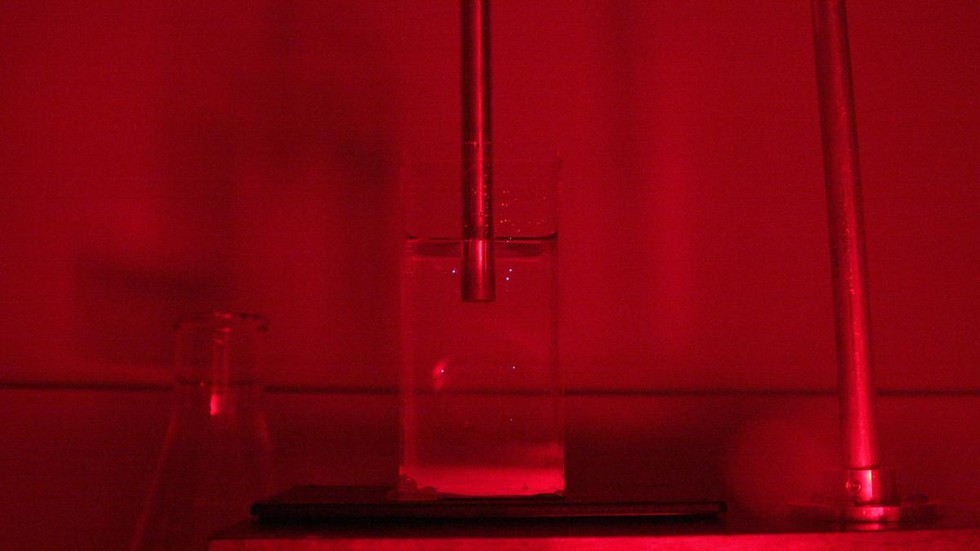- It is a fascinating phenomenon where small gas bubbles in a liquid emit a brief flash of light when exposed to intense sound waves.
- This phenomenon was first observed in 1934 by two German engineers studying sonar, a method of using sound waves for navigation similar to how bats operate.
How does sonoluminescence work?
- Sound wave interaction: The process begins when a tiny bubble trapped in a liquid is subjected to powerful sound waves. These waves cause the bubble to rapidly expand and contract due to alternating high and low-pressure phases.
- Extreme conditions: During the contraction phase, the bubble compresses so rapidly that its internal temperature skyrockets to several thousand kelvins.
- This extreme heat ionizes the gases inside the bubble, resulting in the emission of light energy for a fraction of a second—about a trillionth of a second.
Natural occurrence:
- Pistol Shrimp: Sonoluminescence is not confined to laboratory settings. In nature, the pistol shrimp (family Alpheidae) exhibits a similar effect.
- This shrimp has a specialized claw that snaps shut with remarkable speed, creating a high-velocity jet of water.
- This jet forms a low-pressure bubble that, upon collapsing, produces a loud sound, intense heat, and a brief flash of light.
Applications:
- Scientific curiosity: Sonoluminescence continues to captivate scientists due to its mysterious nature and potential applications.
- While the phenomenon is primarily of academic interest, it has sparked discussions about its potential use in fields like thermonuclear fusion and acoustic imaging.
